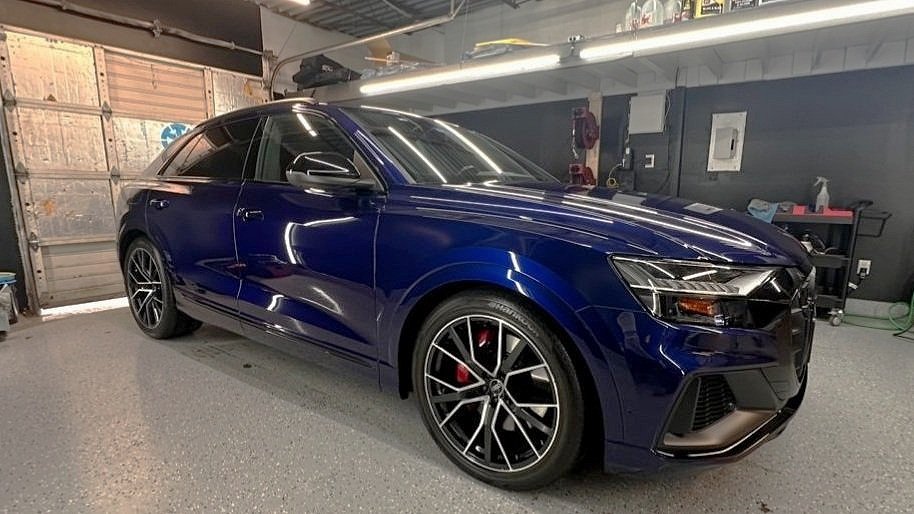
Choosing The Right Percent For Your Vehicle Tint.
Choosing the right shade for your vehicle.
Choosing The Right Percent
Choosing the window tint percentages is important when tinting your vehicle because there are many different types of shades, and going too dark can be a mistake.
Window film have a VLT, which stands for Visible Light Transmission. This is the amount of sunlight that can pass through the window. For instance, if you have a 30% window film, only 30% of the sunlight will be able to come in. The darker or lower the percentage, the less light will pass through.
A lower VLT percentage means darker tint, resulting in less glare and improved privacy in your vehicle. However, excessively dark tint can reduce visibility and increase the amount of heat inside your vehicle.
The tint percentages that we offer are 5%, 15%, 25%, 30%, 50% and even 80%.
A 5% is very dark but get the most added benefits which will be glare, privacy and the less amount of heat reduction but you will lose some visibility.
A 15% is perfect balance between 5% and 30% not too dark but not too light with all the great benefits of reduced glare, privacy and visibility.
A 30% is decent with privacy and glare reduction while remaining excellent visibility.
A 80% is really light but this usually goes on the front windshield for UV protection and heat rejection.
We do have samples as well for you to see, but a good combo that goes well 90% of the time is 30% on the driver & passenger side and 15% of the back side.
Legal Requirements For Window Tint In Texas
In Texas, the VLT (Visible Light Transmission) must be higher in the driver and passenger windows than in the back side windows.
The VLT for the driver and passenger windows must be higher than 30%, while the rear side windows and back windshield can be as dark as 5%. These tint laws are in place to ensure safe driving conditions. The 30% VLT in the front windows provides a good balance for visibility, allowing you to see inside if necessary, such as during a traffic stop.
Tint is not allowed on the front windshield, and the back side windows cannot be too dark as it would hinder visibility and pose a hazard to you and other drivers. Front windshield can still be tinted in our Air 80% for heat rejection and UV protection!
If you are not in Texas, be sure to research the tint percentage regulations for your state or the state where your vehicle is registered to avoid fines.
What is the Best Tint Percentage?
The ideal window tint percentage for your vehicle in Texas is 30% or higher for the front driver and passenger windows, and 15% for the rear windows and back glass.
About 9 out of 10 car owners choose this combination because it provides a good balance of visibility, heat rejection, and UV protection.
Our Ceramic line, known as CTX, offers 87% heat rejection and UV protection. If you seek even better protection, our IRX line provides 98% heat rejection for a cooler interior.
What to Consider This When Choosing Window Tint
All tint percentages serve a purpose, but they depend on several factors and the desired end result. Regardless of the tint percentage you choose from our ceramic line, they all offer UV protection and heat rejection.
Another important factor to consider is the legal requirements for your windows to ensure compliance with the law. It's crucial to select a high-quality film that delivers on its promises, which is why we provide a lifetime warranty and guarantee longevity for our services.
Your local weather conditions also play a role in determining the tint percentage. For hotter states, a higher percentage tint is recommended as it can help keep your vehicle cooler during the summer. Conversely, in colder climates, a lighter tint can still provide benefits as long as it is of high quality and ceramic.
If you are wondering about the the difference between dyed and ceramic film, you can just our page for that here.
